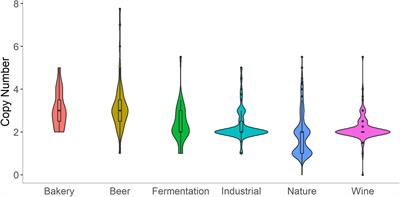CORRECTION
Published on 05 Feb 2021
Corrigendum: Heat Shock Improves Random Spore Analysis in Diverse Strains of Saccharomyces cerevisiae

doi 10.3389/fgene.2021.654893
- 875 views
11k
Total downloads
75k
Total views and downloads
You will be redirected to our submission process.
CORRECTION
Published on 05 Feb 2021

ORIGINAL RESEARCH
Published on 11 Dec 2020

REVIEW
Published on 11 Nov 2020

MINI REVIEW
Published on 06 Nov 2020

MINI REVIEW
Published on 02 Nov 2020

ORIGINAL RESEARCH
Published on 25 Aug 2020
![Downshifting Yeast Dominance: Cell Physiology and Phospholipid Composition Are Altered With Establishment of the [GAR+] Prion in Saccharomyces cerevisiae](https://www.frontiersin.org/files/myhome article library/548260/548260_Thumb_400.jpg)

Frontiers in Microbiology
Evolutionary and Genomic MicrobiologyOffline